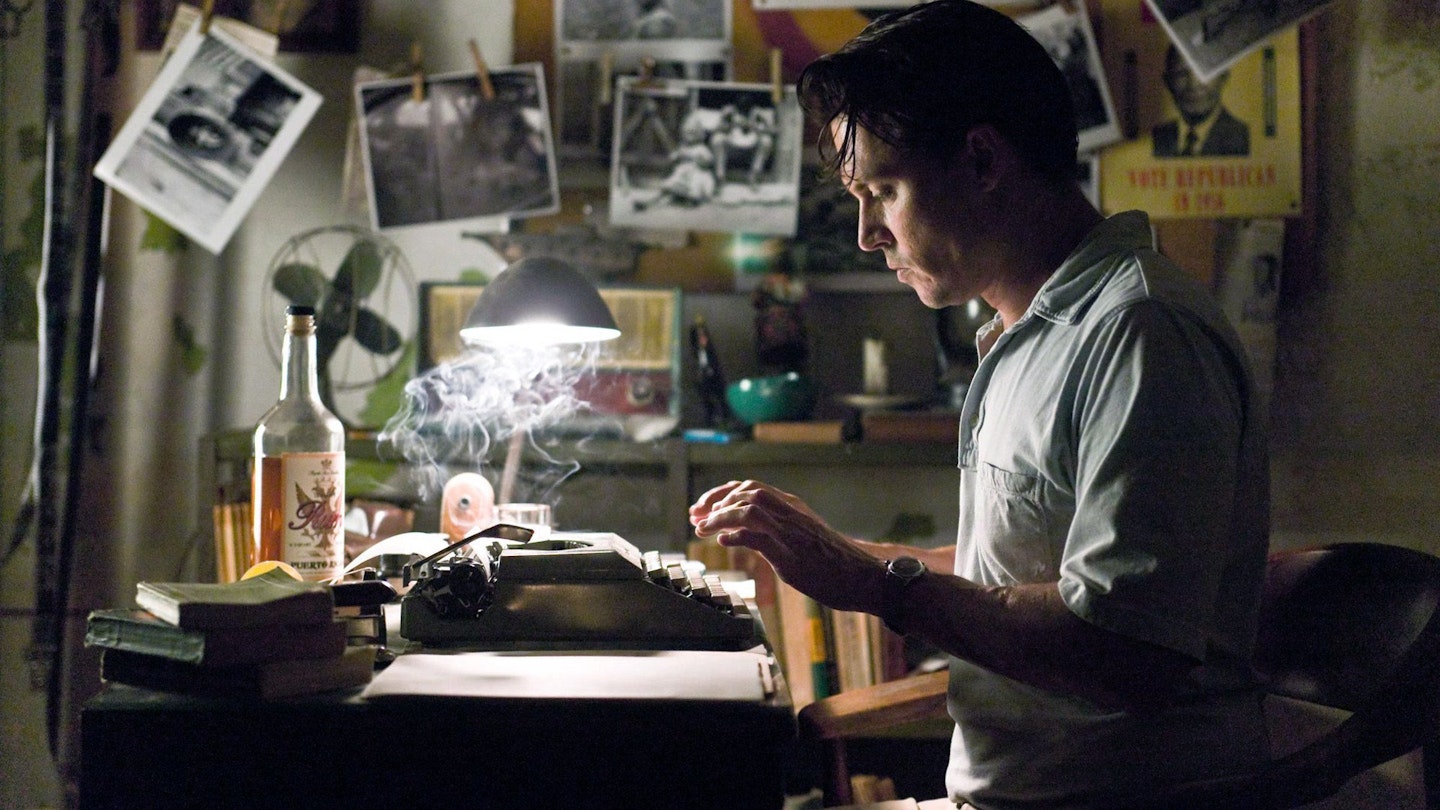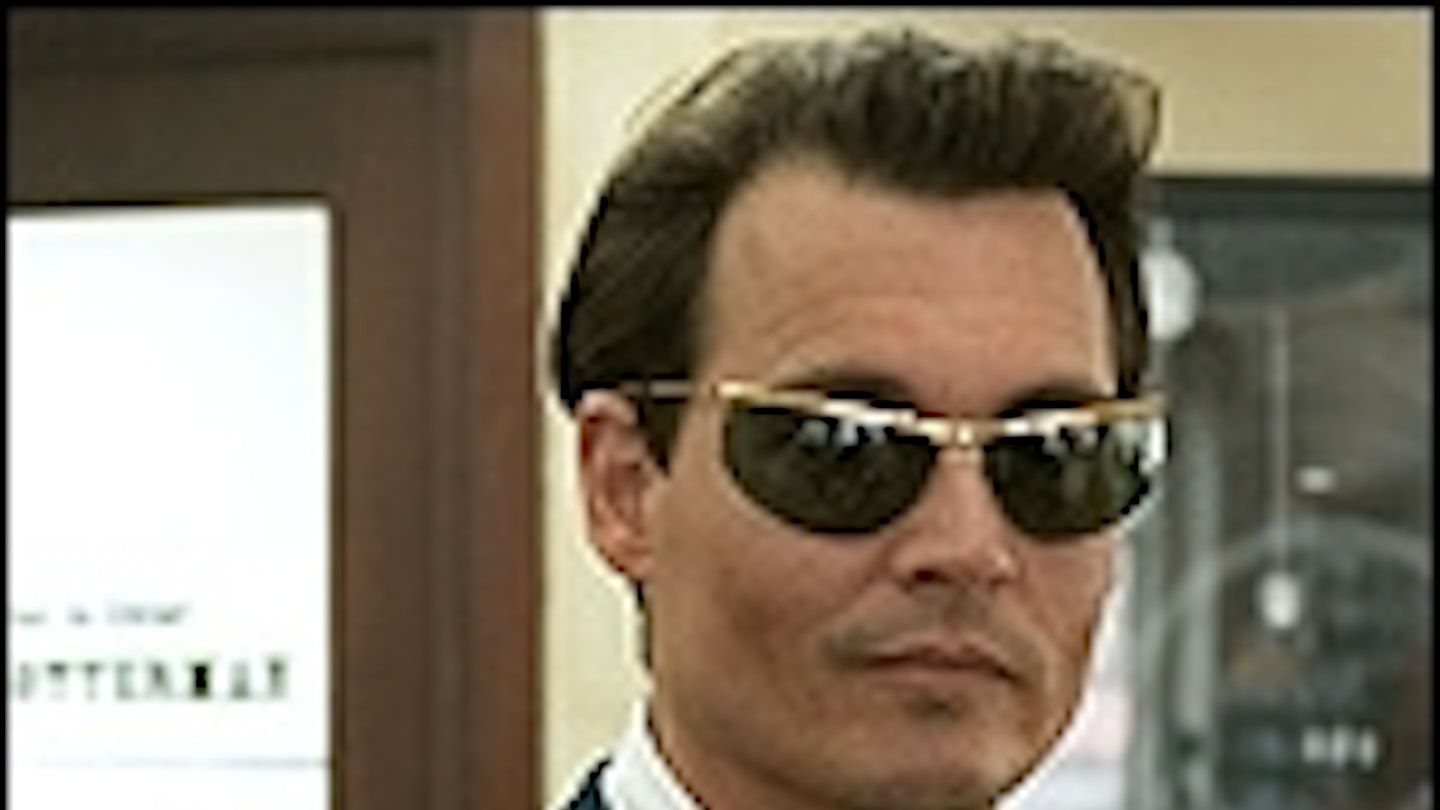America's in the doldrums as the ’60s dawn, Eisenhower’s grasp on the country is dwindling and Richard Nixon’s march to power is on the rise. Sensing the switching allegiances back home, Hunter S. Thompson fled America for Puerto Rico to take up a post on El Sportivo magazine, and while there wrote an early manuscript for The Rum Diary. Depp coaxed Hunter to publish the book and, later, Bruce Robinson out of semi-retirement to script and direct this adaptation.
Forget the wretch Johnny Depp portrayed in Fear And Loathing In Las Vegas; Hunter was a younger, more innocent man when he headed for Puerto Rico. Depp still has his inimitable burr down, but this is a wide-eyed Thompson, only yet coming alive to the horrors of politics and the world. As Kemp admits early on, he just hasn’t found his writer’s voice yet. Flashes of Hunter’s latter-day madness raise their head in an early LSD trip and the way Kemp motors through the hotel mini bar. “Are they not complimentary?” he asks of his put-upon editor, Lotterman (a fraught Richard Jenkins) as he confronts him with a series of bills as thick as the Bible. His compatriots, the down-at-heel photographer, Sala (Michael Rispoli), and the burnt-out basketcase and sometimes journalist, Moberg (Giovanni Ribisi), add ballast to Kemp’s craft, the latter the closest thing to something that might have appeared in the parade of grotesques that made up Withnail, if Withnail had forsaken ’60s London for somewhere a little warmer.
Which leads us to the question; can Bruce Robinson still carry a film? Absolutely. The script is robust, witty and sharp, with Robinson’s bon mots peppered throughout. Choosing to shoot the film in 16mm too gives the interiors a dusky, vintage tone; you can almost feel the sawdust springing from the floorboards as a club comes to thrumming life. Plus, he can do physical comedy as well, bringing an absurd yet near-murderous car chase to life, all the while conveying the despair and austerity of the times, of an unwilling society stuck hard under America’s gleaming boot heel.




